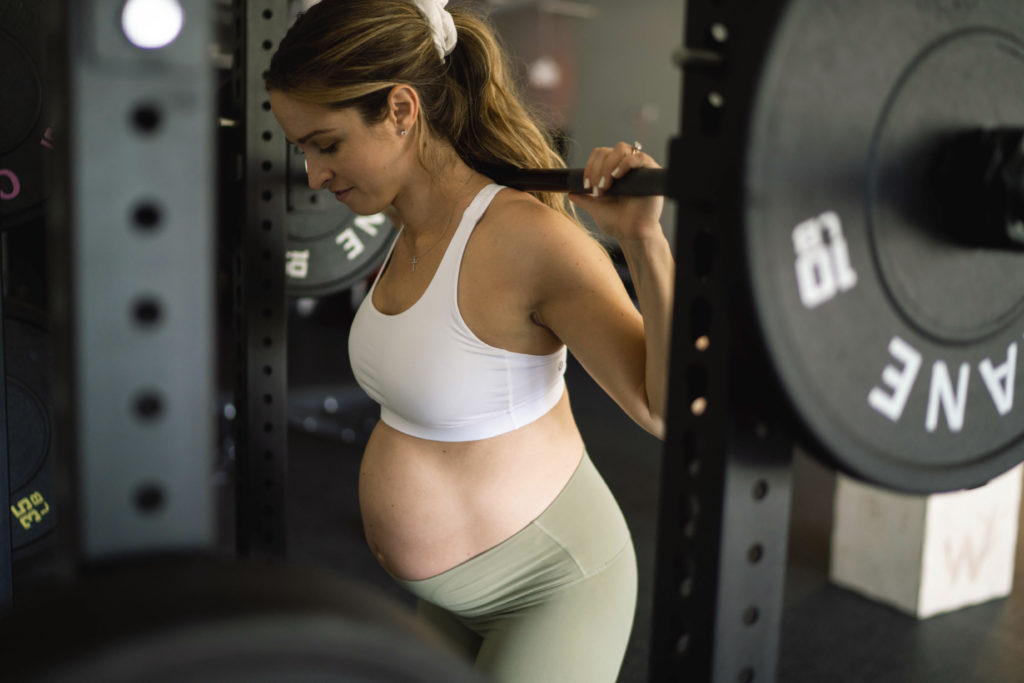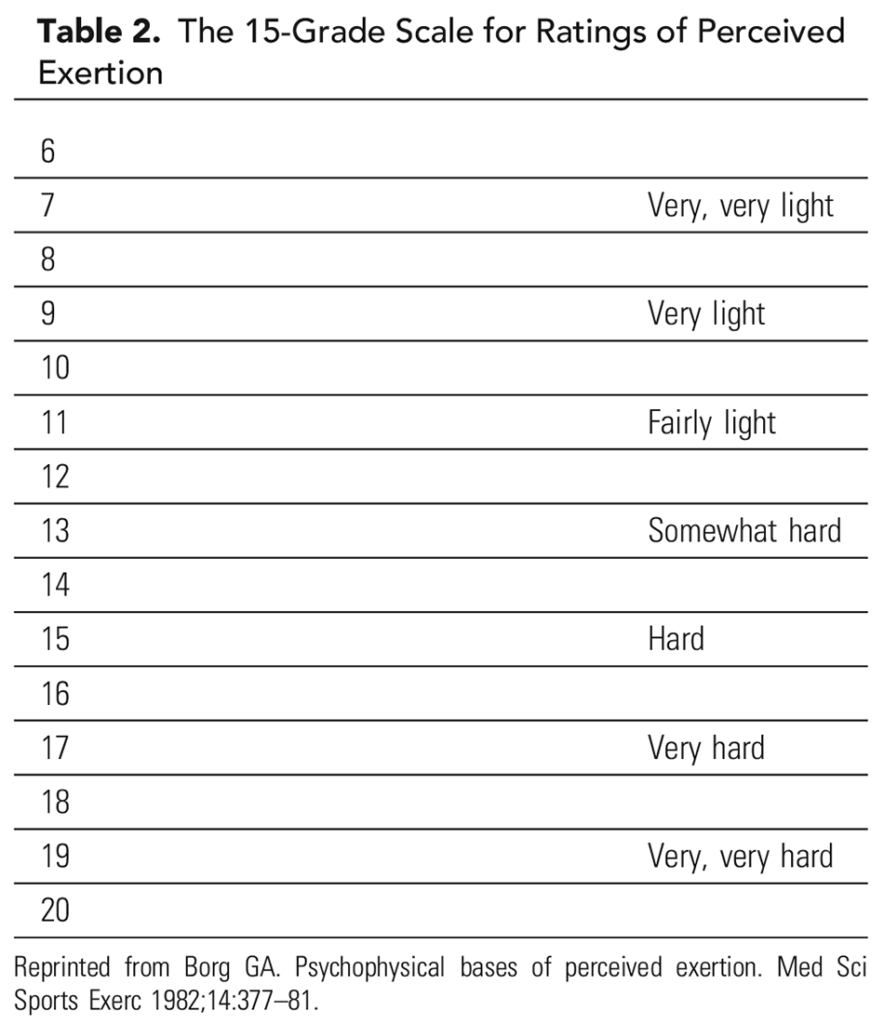How Much Can You Exercise During Pregnancy?

When you first find out that you’re pregnant, you want to know everything about how to keep your baby safe and healthy as they grow. And when it comes to fitness, many expecting mamas either don’t know what routine is best, or assume that they have to sit out all physical activity for the next 9 months — and they typically default to the latter.
I totally understand that fear. There is SO much information on the internet about what you should or should not do, but I’m here to help!
Not only is exercise allowed throughout your pregnancy, it’s encouraged!
There are a ton of benefits to staying active, as you’re able, throughout all three trimesters, such as:
- Eases constipation, bloating and swelling
- Boosts energy levels
- Improves sleep
- Can improve brain function in baby
- Improves baby’s ability to manage stress during labor
How often can I exercise?
The American College of Obstetrics and Gynecology has dedicated a lot of resources to researching safe exercise throughout pregnancy. Their current guidelines state that at least 150 minutes of exercise per week are recommended for all pregnant women, regardless of your workout regimen prior to getting pregnant!
If you weren’t working out before, no shame — this is a great opportunity to start some habits that will strengthen your body and prepare you for labor, delivery, and postpartum life.
I suggest starting out small: for example, even if you only take four 20-minute walks this week, you’re halfway there! You can build up to 30-minute walks five times a week to hit that 150 minute goal.
If you were already working out 150 minutes per week or more before you got pregnant, it’s generally safe to keep it up. Of course, no matter what your previous fitness routine looked like, you should always talk to your doctor during those early prenatal visits to ensure that you’re cleared for exercise and chat about what activities are safe and beneficial for you.
Why should I exercise during pregnancy?
I’m so glad you asked! Staying active throughout your pregnancy has so many benefits. If you’ve been around this space or my social media for a while, you’ve probably heard me talk about how labor and delivery is an intense physical event — and if you’re preparing for any intense physical activity, you’re going to want to train for it. Keeping yourself healthy and active will serve you well in the delivery room, I promise!
Preparation isn’t the only reason prenatal exercise is important. Moving consistently throughout your pregnancy can:
- Reduce pelvic and back pain
- Strengthen your pelvic floor
- Improve mobility of your pelvic floor
- Reduce GI issues like constipation
- Improve your overall fitness and metabolism
- Help you gain healthy weight during pregnancy
- Reduce risk of conditions like gestational diabetes and preeclampsia
And let’s not forget about the benefits for postpartum!
Taking care of a baby is tough work both mentally and physically. You are basically given a 5-10lb dumbbell the minute you get home from the hospital and need to carry it with you throughout the day.
Not to mention, the average car seat weighs 8-10lbs without your baby.
And the average stroller can weigh anywhere from 7lbs to over 30lbs…that is a lot of weight! That takes strength.
What kind of exercise should I do?
Prenatal workouts can be hard to figure out. How hard should you push yourself? What movements are safe — and does that answer change throughout your pregnancy? If you’re feeling unsure or overwhelmed, schedule a session with a pelvic floor physical therapist! We love helping mamas-to-be introduce safe and effective exercises into their prenatal routines.
We can give you the peace of mind that comes with knowing you’re not only exercising safely, but you’re adding movement that will actually help you as you progress through each trimester and prep for delivery.
You can also find a program that was designed by a prenatal specialist to guide you through workouts. My program, Movement Through Pregnancy, was filmed week by week throughout my own pregnancy to show you exactly how to introduce certain exercises — and why they’re important at any particular stage of your pregnancy.
Does workout intensity matter?
Whether you work with a pelvic floor PT in person, try an online prenatal program, or stick with your current exercise routine, keep your workout intensity in mind.
Say goodbye to the old recommendations of not allowing your heart rate above 140 bpm. This was an old recommendation made for women who wanted to stay active during pregnancy, and it is no longer supported by research.
What is supported by research is The BORG Scale of Perceived Effort. It is a great way to check in on just how hard you’re pushing yourself in your workouts.

.
Current guidelines for pregnant women recommend that your workouts should fall in that “moderate to vigorous” range (13-14 on the above scale).
How do you know if you’re there?
Should you carry around this chart in your pocket? No, let’s be real. Who has time for that?
Instead, remember the talk test — meaning you should be able to talk at any point during your exercise, needing only a quick break to catch your breath while working out.
What about high intensity interval training (HIIT)? Do I have to stop my bootcamp classes?
Honestly, there isn’t much research out there about the pros and cons of higher intensity exercise that leaves you completely breathless, so you should always have a more individualized conversation with your provider about your current exercise routine outside of these guidelines.
What precautions should I take when I’m exercising?
There are a few things you can do to make sure you’re treating your body well as you work out!
Support yourself.
As your body changes and shifts throughout pregnancy, make sure to find a supportive sports bra — and later in pregnancy, a belly support belt or leggings that offer the right amount of support.
Here are a few of my favorite supportive clothing:
- BaoBei bloomers (I wore a small during pregnancy and found they run true to size)
- Blanqi leggings (I wore a medium and loved the extra thigh support)
- Lululemon Energy bra (I sized up one size during pregnancy!)
It’s also important to remember your body’s center of gravity will change as your pregnancy progresses. That baby is pushing your weight to the front, so you want to make sure the muscles in the back of your body are staying strong to support that added weight.
Consider adding these few moves into your routine:
Stay hydrated.
You need extra water and extra oxygen when you’re growing a life. Drink plenty of water before, during, and after your exercise, and be mindful of any dizziness or shortness of breath. Overly strenuous exercise isn’t going to help you — consistent exercise will.
Safety first.
It’s probably best to avoid the kinds of exercise that can leave you and your baby susceptible to unexpected injuries, like contact sports, horseback riding, or skiing, to name a few. Keep in mind that your ligaments are loosening over time as you progress throughout your pregnancy, too — so high-intensity exercise can affect your joints more than it would otherwise. Avoid high-impact or jerky movements that can increase your injury risk as your body changes.
How do I know what exercises are safe to perform?
You don’t have to keep guessing about what workouts or exercises are safe for pregnancy. My Movement Through Pregnancy will take out the guesswork of prenatal fitness and provide you with a unique set of exercises that are specifically designed for what your body needs in real time, focusing on strength training, functional movement, and pelvic floor stability. I think you’ll love it. See you there!